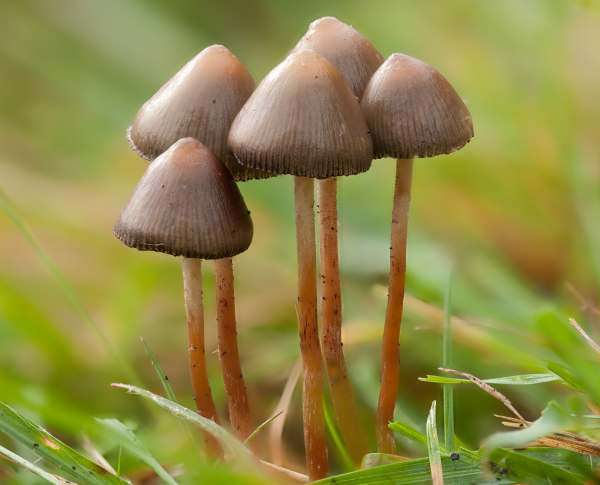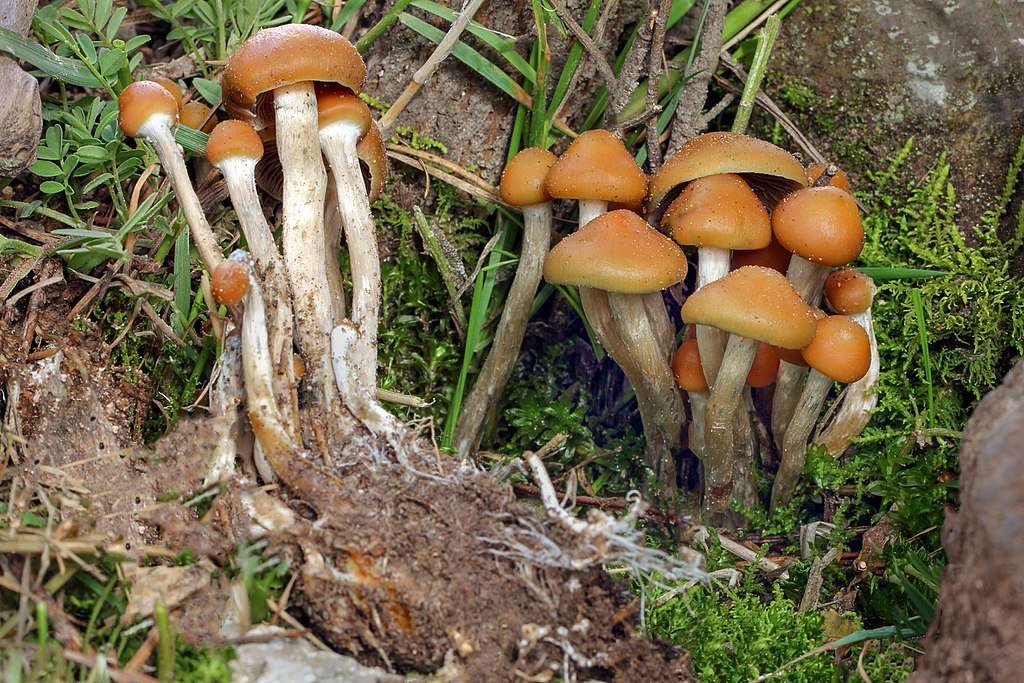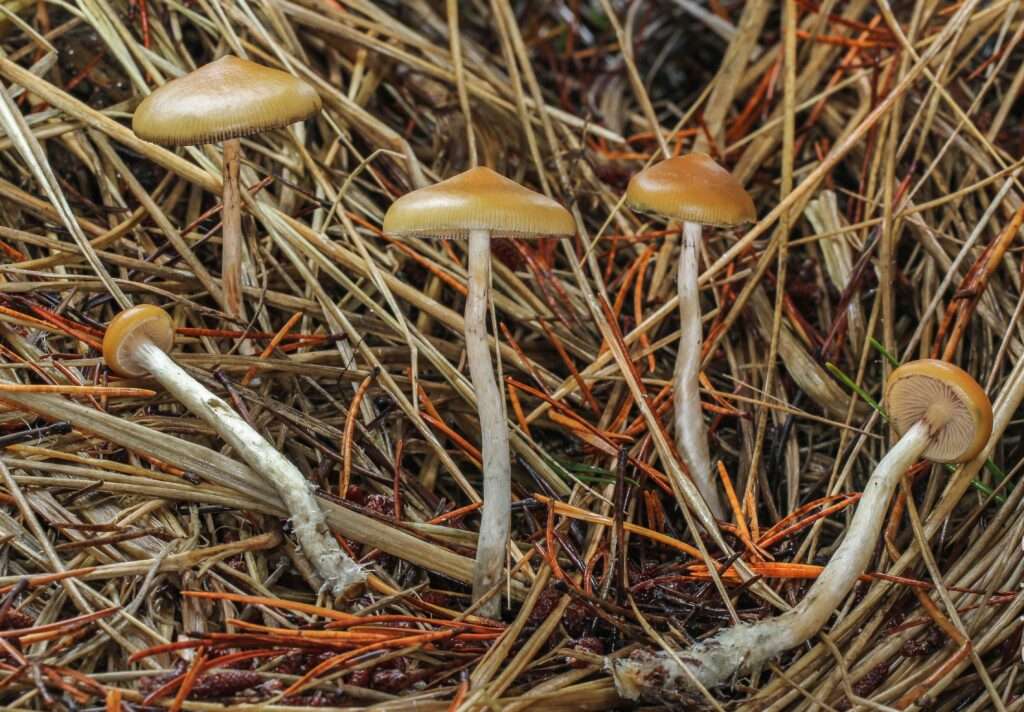
Scientific name
Crepidotus mollis
Description
Crepidotus is a beautiful fungus that develops on the roots, huge branches, and trunks of old trees. It has the appearance of a rubbery fan. The species is also known as a soft slipper, and peeling oysterling mushroom. The cuticle of the cap easily separates from the meat. The cuticle, or skin, is translucent and stretchy, extending it twice as far before it breaks. The cap is kidney-shaped and has a width of 2- 5 cm. When the mushroom is immature, the color of its cap is white but becomes ochre in color when get matured. The cap is pallid and spongy and is readily breakable. There are often subtle striations along the border of the cap that disappears with age.

Habitat
Crepidotus species prefer to grow in clusters and are mostly found growing in leaf litter, tree trunks, sawdust, and hardwood branches. This species is native to South America, Europe, temperate zones of North America, and the British Isles.
Uses/Importance
This very widespread species is of questionable edibility and may potentially be harmful in the summer and fall. Therefore, care must be used when harvesting Pleurotus ostreatus, an edible oyster mushroom, to prevent collecting Peeling Oysterlings instead. (Like so many other mushrooms, the Peeling Oysterling appears to have a special fondness for beech and oak trees.) Peeling oysterlings are easily distinguished from edible oyster mushrooms by their brown spore prints, which contrast with the white spore prints of the edible oyster mushroom. However, in the field, the elastic cap skin is a significantly quicker way to identify between edible and inedible Crepidotus mollis species.
Table





